Description
Grafted Peach, (Prunus persica) Aadu – plant
Grafted Peach (Prunus persica) Aadu – Plant is a delicious fruit-bearing tree, admired for its juicy and sweet peaches. Belonging to the Rosaceae family, this plant is native to Northwest China but is widely grown in India and many other countries for its fruits. The grafted variety ensures faster growth, better yield, and high-quality fruit production. It is best suited for outdoor planting in gardens, orchards, or open spaces where it can receive plenty of sunlight. A key speciality of the Grafted Peach plant is that it produces fruits earlier than regular seedlings and maintains the original taste and texture of the variety. Perfect for fruit lovers, it adds both beauty and productivity to your garden.
Features of Grafted Peach :
-
Belongs to the Rosaceae family.
-
Produces sweet, juicy, and aromatic fruits.
-
Grafted variety ensures faster growth and early fruiting.
-
Grows best in subtropical to temperate climates.
-
Attractive tree with seasonal flowers and edible fruits.
Plantation Tips
-
Choose a sunny location with good air circulation.
-
Dig a pit twice the size of the root ball.
-
Mix garden soil with organic compost or well-rotted manure.
-
Plant the grafted sapling at ground level and water thoroughly.
Care and Growing Tips
-
Sunlight: Requires full sun (6–8 hours daily) for healthy fruiting.
-
Soil: Prefers well-drained, loamy, and slightly acidic soil.
-
Watering: Regular watering is essential, especially during fruit development, but avoid waterlogging.
-
Fertilization: Apply organic compost or balanced fertilizer twice a year for better yield.
-
Pruning: Prune branches after harvesting to maintain shape and encourage new growth.
-
Pest/Disease Management: Protect from aphids, borers, and fungal infections using organic sprays.


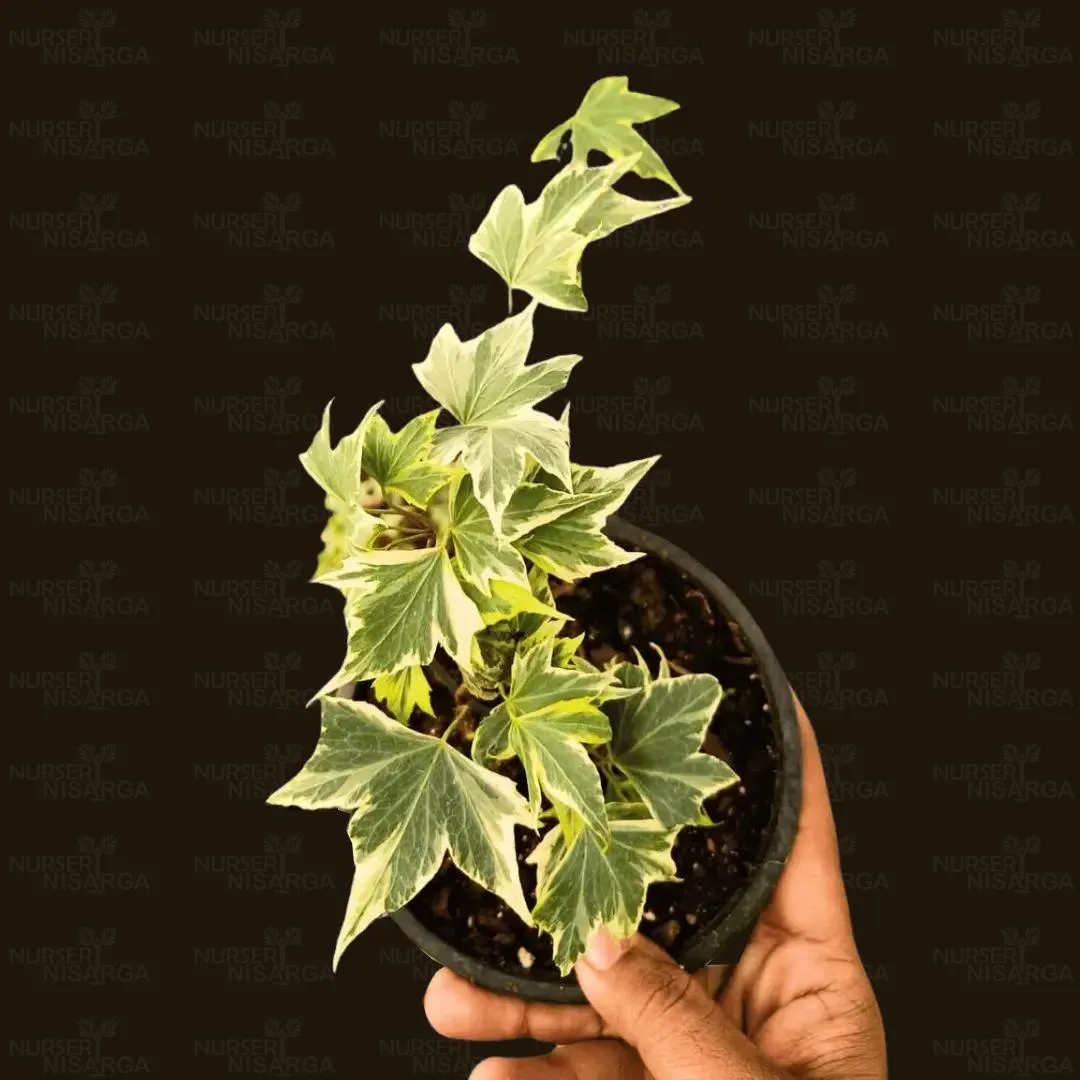
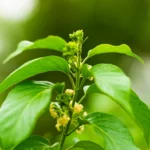

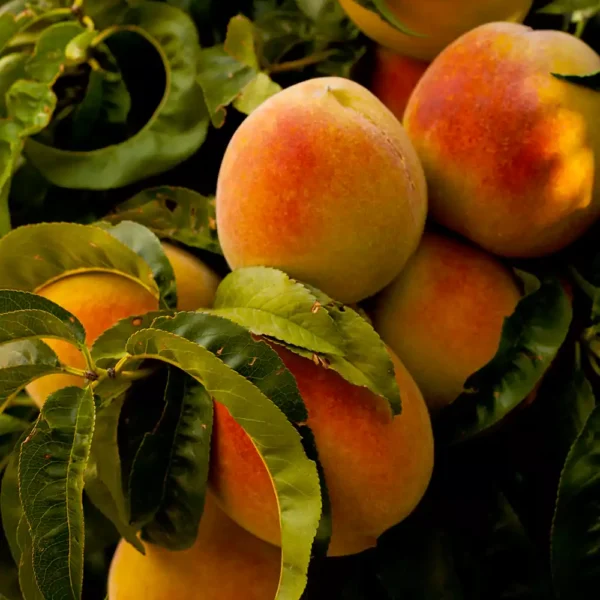

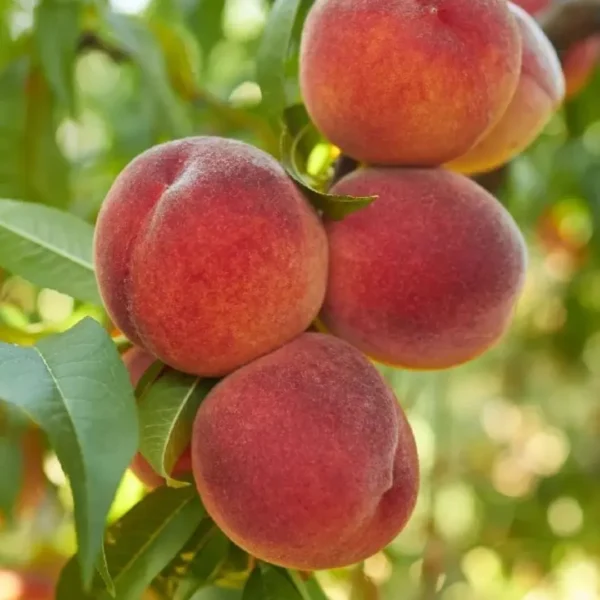
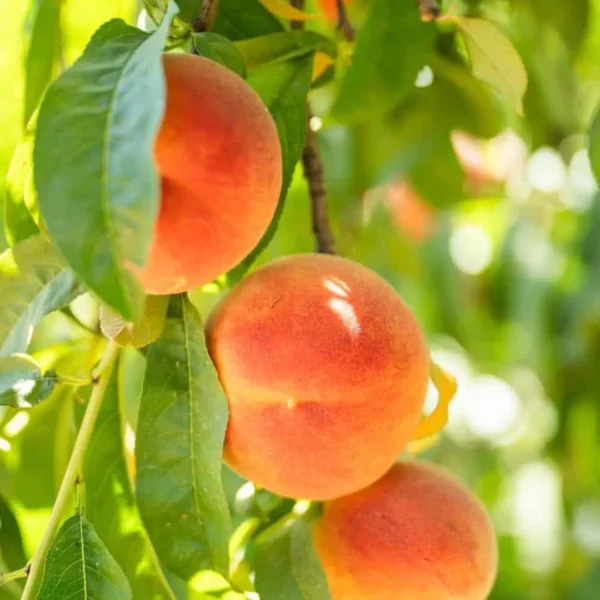
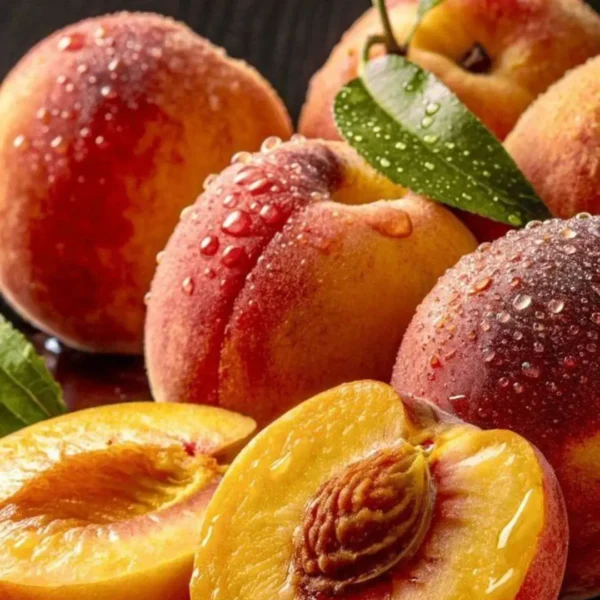
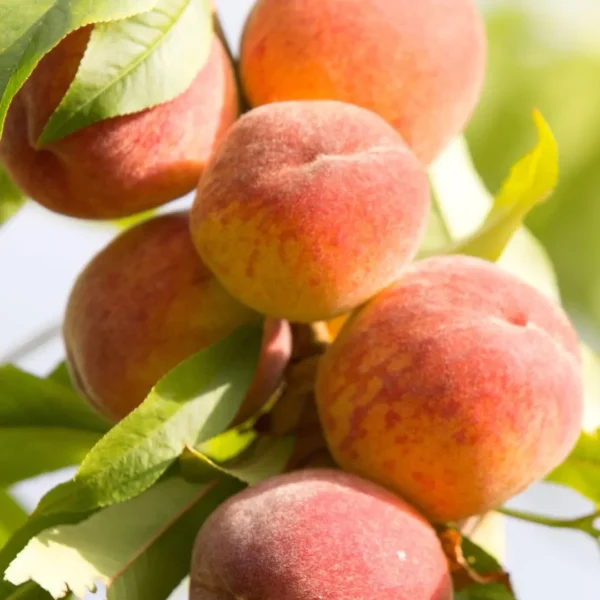


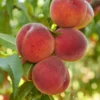
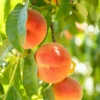

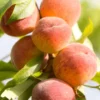
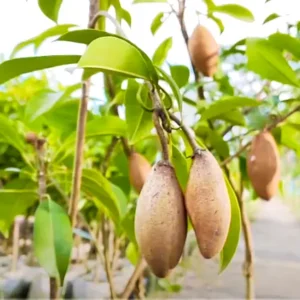
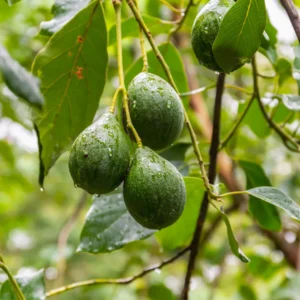
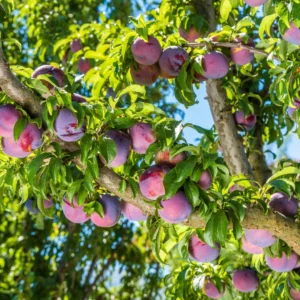
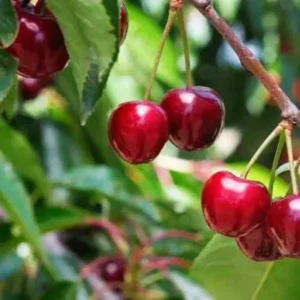
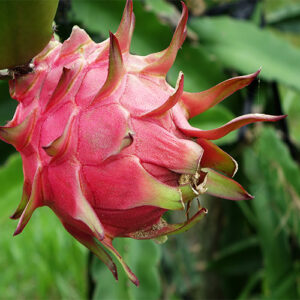

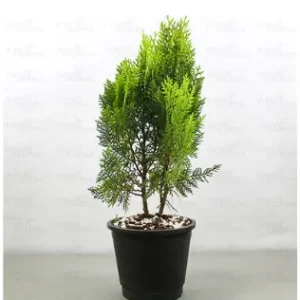
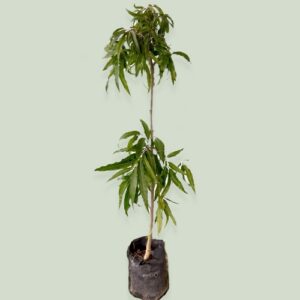
Reviews
There are no reviews yet.